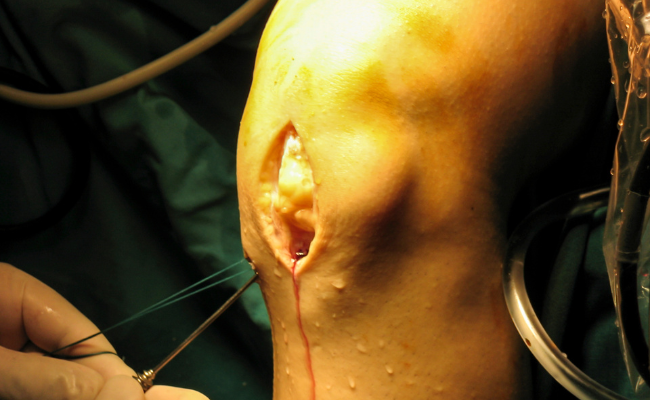How to Treat Torn Ligaments?
- November 10, 2023
- No Comments

What are Torn Ligaments?
Torn ligaments, also known as ligament injuries or sprains, occur when the tough, fibrous bands connecting bones within a joint are stretched or torn. Ligaments play a crucial role in stabilizing joints and supporting movement. Injuries to ligaments can range from mild stretches to complete tears, leading to pain, swelling, and a compromised range of motion.
Why are Torn Ligaments a Concern?
Torn ligaments can significantly impact daily life and physical activities. Whether caused by sports-related incidents, accidents, or overuse, ligament injuries can result in pain, instability, and prolonged recovery if not addressed promptly. Neglecting these injuries may lead to chronic joint instability, arthritis, or the need for surgical intervention in severe cases.
How to Identify Torn Ligaments?
Identifying torn ligaments involves recognizing common symptoms associated with ligament injuries. These include:
- Pain: Sudden and intense pain at the time of injury, followed by persistent discomfort.
- Swelling: Swelling around the affected joint due to inflammation.
- Bruising: Discoloration or bruising may develop around the injured area.
- Instability: Feeling of joint instability or a sensation that the joint gives way.
- Limited Range of Motion: Difficulty moving the joint through its full range of motion.
- Popping Sound: Some individuals may hear or feel a popping sensation at the time of injury.
Treatment Solutions for Torn Ligaments:
- Rest: Providing the affected joint with adequate rest is crucial for allowing the ligaments to heal. Avoiding activities that strain the injured area prevents further damage.
- Ice: Applying ice to the injured area helps reduce swelling and alleviate pain. Ice packs or cold compresses can be applied for 15-20 minutes every 2-3 hours during the initial days following the injury.
- Compression: Wrapping the injured joint with a compression bandage helps control swelling and provides support to the affected ligaments. It's important not to wrap it too tightly to avoid compromising blood circulation.
- Elevation: Elevating the injured limb above the level of the heart can aid in reducing swelling. This is particularly effective when resting or sleeping.
- Physical Therapy: Working with a physical therapist is beneficial for restoring strength, flexibility, and stability to the injured joint. Therapeutic exercises help in the gradual rehabilitation of torn ligaments.
- Bracing: Using a brace or splint can provide additional support to the injured joint during the healing process. This helps prevent further strain and promotes stability.
- Pain Medications: Over-the-counter pain medications, such as acetaminophen or nonsteroidal anti-inflammatory drugs (NSAIDs), can be used to manage pain and inflammation. Prescription medications may be recommended for severe pain.
- Immobilization: In some cases, immobilizing the joint with a cast or brace may be necessary, especially for more severe ligament tears. This immobilization allows for proper healing.
Benefits of Treating Torn Ligaments:
- Faster Recovery: Timely and appropriate treatment accelerates the healing process, allowing individuals to resume normal activities more quickly.
- Prevention of Complications: Effective treatment helps prevent complications such as chronic instability, joint deformities, or the development of arthritis.
- Pain Relief: Treatment measures, including rest, ice, and pain medications, offer relief from the pain associated with torn ligaments, enhancing overall comfort during recovery.
- Restored Functionality: Physical therapy and rehabilitation contribute to restoring strength, flexibility, and functionality to the injured joint, ensuring optimal performance.
- Reduced Risk of Recurrence: Following proper treatment protocols and rehabilitation significantly reduces the risk of recurrent ligament injuries in the same joint.
- Improved Quality of Life: By addressing torn ligaments promptly and effectively, individuals can experience an improved quality of life with restored mobility and reduced pain.
Comments (0)